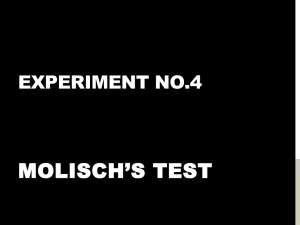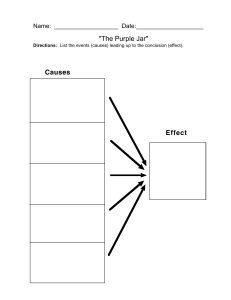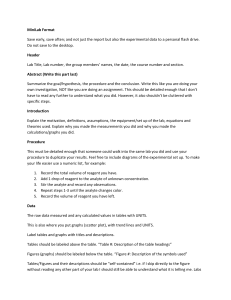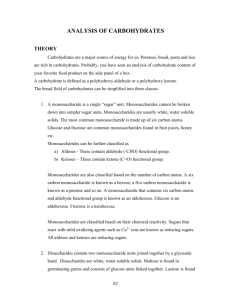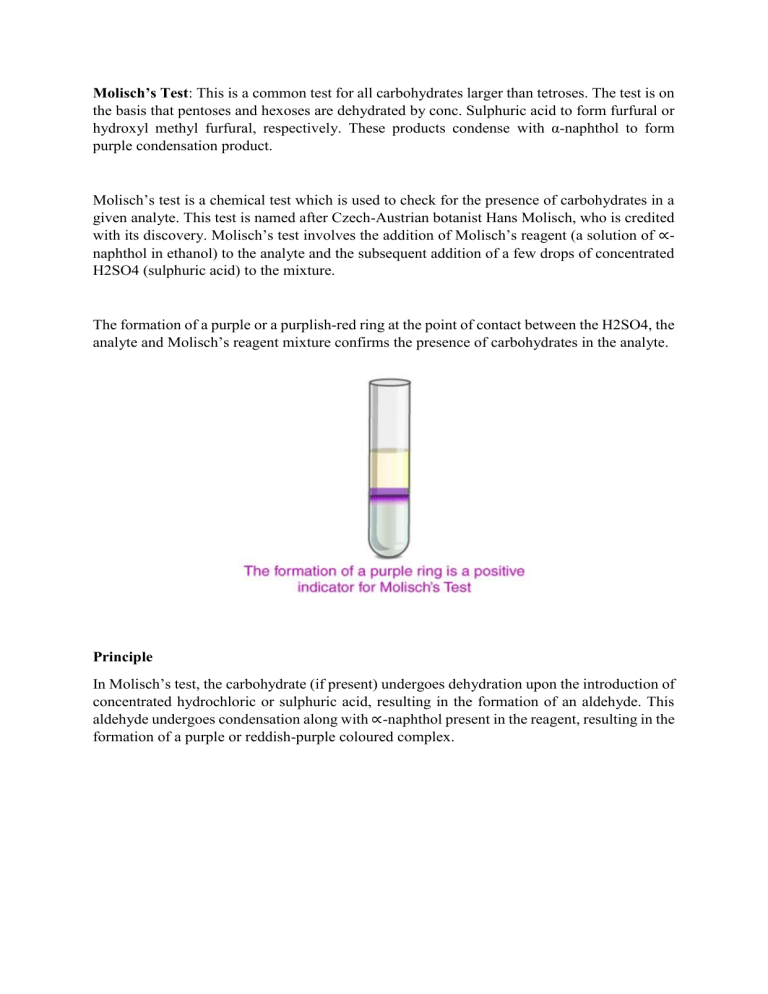
Molisch’s Test: This is a common test for all carbohydrates larger than tetroses. The test is on the basis that pentoses and hexoses are dehydrated by conc. Sulphuric acid to form furfural or hydroxyl methyl furfural, respectively. These products condense with α-naphthol to form purple condensation product. Molisch’s test is a chemical test which is used to check for the presence of carbohydrates in a given analyte. This test is named after Czech-Austrian botanist Hans Molisch, who is credited with its discovery. Molisch’s test involves the addition of Molisch’s reagent (a solution of ∝naphthol in ethanol) to the analyte and the subsequent addition of a few drops of concentrated H2SO4 (sulphuric acid) to the mixture. The formation of a purple or a purplish-red ring at the point of contact between the H2SO4, the analyte and Molisch’s reagent mixture confirms the presence of carbohydrates in the analyte. Principle In Molisch’s test, the carbohydrate (if present) undergoes dehydration upon the introduction of concentrated hydrochloric or sulphuric acid, resulting in the formation of an aldehyde. This aldehyde undergoes condensation along with ∝-naphthol present in the reagent, resulting in the formation of a purple or reddish-purple coloured complex. Procedure 2-3 drops of Molisch’s reagent must be added to a small amount of the analyte in a test tube and mixed well. Now, a few drops of concentrated sulphuric acid must be added drop-wise along the walls of the test tube to facilitate the formation of a layer and avoid mixing. The development of a purple ring at the layer formed by the concentrated acid is a positive indicator for Molisch’s test. If no purple or reddish-purple colour arises, the given analyte does not contain any carbohydrate. Result All carbohydrates – monosaccharides, disaccharides, and polysaccharides (except trioses and tetroses)– should give a positive reaction, and nucleic acids and glycoproteins also give a positive reaction, as all these compounds are eventually hydrolyzed to monosaccharides by strong mineral acids. Pentoses are then dehydrated to furfural, while hexoses are dehydrated to 5-hydroxymethylfurfural. Either of these aldehydes, if present, will condense with two molecules of α-naphthol to form a purple-colored product. Precaution: Add the acid in the test tube by dropping it down the wall of the test tube. This won’t cause the acid to react quickly and your whole procedure will remain smooth and simple Handle the strong acid carefully as it is very dangerous for skin. Never disturb the reddish violet ring once it is formed as shaking causes the ring to disappear.

